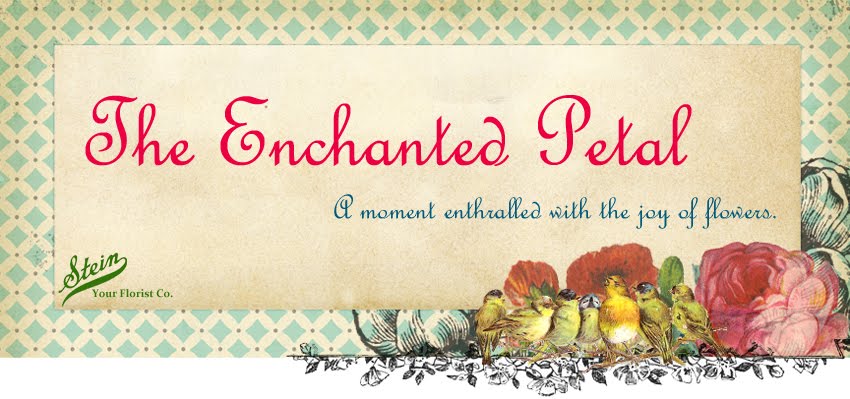Lilac, botanical name Syringa, is the state flower of New
Hampshire, said to symbolize the Granite State’s citizens’ hardy character. And
hardy is a perfect way to describe to the plant; draped with a cloud of
aromatic blooms, these long-lived shrubs reliably scent the Spring countryside
year after year. The timing of their blooms is said to signal whether Spring
will come early or late and the beginning of the Vernal planting season.
According to Greek mythology, the story of lilac originates from a
beautiful nymph named Syringa. Her beauty captivated Pan, the God of the
forests and fields, but Syringa was frightened by his affections. When Pan
chased her through the forest she escaped him by turning herself into a
sweet-smelling bush, the flower we now refer to has lilac.
In the
language of flowers purple lilacs signify the first emotions of love, perfect
for the 8th wedding anniversary flower, while white lilacs symbolize
youthful innocence. They have a vase life (life as a cut flower) of
approximately 6-10 days. They consume large amounts of fresh water, so be sure
to add water to your lilac arrangement at least daily and do not smash the stems
(a popular misnomer for woody stemmed flowers is that smashing or pounding the
stems aids water uptake; however, it simply damages the vascular system of the
stem which will inhibit the absorption); rather, your flowers will enjoy a very
steep angled cut along the stem or if that isn’t conducive to your arrangement,
a cross-cut (like a plus sign +) on the bottom of a straight cut stem.
Besides
being beautiful to look at and amazing to smell, lilacs also have a delightful
edible aspect. The flavor of lilacs varies from plant to plant, but is
typically distinctly lemony with pungent floral overtones. It’s great in salads
and crystallized with egg whites and sugar. We discovered the tasty combo of a
few lilac blooms with a lemon zest sorbet, whipped cream and some sugary
sprinkles, a refreshing combo for warm Spring days.
Lilac tea can also be made from the
flowers, leaves and thinner branches of Syringa vulgaris (common lilac), and common white
lilac, which has a floral flavor. Claims have been made that this tea has shown
some signs that it may produce a light euphoria in higher amounts (3+ cups of
strongly brewed tea), but this is relatively unverified with no scientific
backing. Some find the white varieties of common lilac to have a sweeter and
more pleasurable flavor, but both white and purple seem to produce more
palatable tea with more flowers and only a few leaves.
Besides enjoying lilac flowers in
their purest form, we also enjoy including their scent and color in other
aspects of our lives. Lilacs and lavenders have long been a favorite color of sophisticated
ladies, exuding femininity. This shade of purple suggests refinement along with grace
and elegance. Add a little lilac to your look with nail polish, makeup, sparkly
jewelry or a lilac cami under a sleek gray jacket. Mix up lilac with other
colors for fun combos. Lilacs with pinks are very feminine, or add some mint
green for a Springy look. Keep lilacs cool with grays and blues for a
sophisticated look or take a modern earthy approach with light browns. Add
warmth and romance to lilac with reds or burgundies. And don’t forget that
heavenly lilac scent. Perfumes, soaps, incense and candles are all perfect when
our beloved blooms are no longer in season. You’ve simply got to love lilac!




















































